How do I know what wattage and voltage light bulb I need?

We use light bulbs everyday in our life and usually take them for granted, until we need to replace one in our home, car, appliance or office.
We at Bulbamerica believe that there are three main bulbs characteristic that you will need to know first in order to find the correct replacement bulb. Once you have the three main characteristics you are then able to match any of the secondary characteristic.
The three main and most important characteristics you must match with the replacement bulbs are the lamps voltage, wattage and base. The secondary characteristics of your bulb are bulb shape, type, lumens, color temperature and life.
We will explain what each characteristic means and its importance in the light bulb, or use the Bulb Finder below to find your replacement bulb.
Narrow down your search by shape, base, color temperature, or wattage.
Light Bulb Voltage
The bulbs are divided by voltage in 2 main categories:
- Line Voltage: 120 Volt
- Low Voltage: 12 Volt
While the above are the main light bulbs voltage for home and garden application there are bulbs used for special application that operate at different voltage as 6v, 24v, 36v etc. and many of them look the same. This is why we need to make sure to start with understanding what is the operating voltage of the bulb we need to replace.
Does voltage matter for light bulbs?
Choosing the correct voltage is crucial for the bulb operation.
There is a voltage ratio you are able to go up or down from the voltage you need but it is always recommended to use the correct voltage or higher within the allowed ratio.
For example 120V and 130V bulbs are interchangeable and the pros in using a 130 Volt bulb are: cooler burning bulb, less energy use, longer life and better handling of voltage surges. The cons are lower lumens output (not as bright) and lower color temperature.
On the other hand if you plug a 120 volt bulb into a 12 volt fixture the bulb will not turn on, and vice-versa is you plug a 12 volt bulb in a 120 volt fixture the bulb will be permanently damaged.
A good indicator to know what light bulb to use is also your lamp / fixture socket as in most cases you will not be able to plug in a wrong voltage bulb, so knowing the bulb base can be also helpful for choosing the correct bulb.
- Wattage: Wattage is the amount of energy is used by a lamp or light bulb. If you will use a lower wattage bulb in your fixture you will have less light than before, choosing a lower wattage bulb is fine as long you understand that you are compromising on light output (this statement is correct only for incandescent and halogen bulbs). You should never use a higher wattage bulb than your application requires because it will damage your equipment or fixture.
- Base: Bulbs come in a huge variety of bases and in some categories can be very confusing, for instance, in the plug-in-Fluorescent the bases all look the same and the only difference is a location of notch on the base of the bulb. If you choose the wrong base the bulb will not fit, you should never force the bulb into the base of your fixture it should fit very easily.
To find the size of you base you need to measure the width of your base in mm, the number you get is the size of your base.
- Bulb Shape: Once we were able to find the correct bulb with the right voltage, wattage and base you are almost good to go, this is where the bulb shape comes into play. Bulbs come in many varieties of shapes and in many cases it is more of personal taste and look you would prefer to match than the fixture needs or requires.
The biggest question we are asked is, “how do I know what is the size or shape of my bulb?” This question has a very simple answer. You measure the diameter of the bulb in inches and multiple it by 8, this formula is correct for most of the bulb unless they have a decorative shape.
- Bulb type: Bulbs come in few key types Incandescent, Halogen, Fluorescent, LED, High Intensity Discharge and Xenon (in each of the above types you may have subtypes as well). Since the introduction of the CFL and LED into the market we have more options when it comes to bulbs type. With the CFL and LED we are able to select different color temperatures which was not available in the incandescent and halogen as much. What type of bulb you will use in your application is a matter of a personal preference and cost as LED’s are more expensive.
If your equipment is using a high intensity discharge or Xenon bulb you must use the exact same bulb and you are not able to replace it with a bulb that has different specifications unless you consult with the equipment manufacturer or one of our lighting specialists.
- Lumens: Lumens are the amount of light the bulb emits. This is becoming very important in the LED category as there is almost no direct connection between the bulb wattage and the light output. In the past few years LED’s improved tremendously in price and light output. You may find a 7w LED bulbs with 500 lumens and 6w LED bulbs with a 500 lumens. In the incandescent and halogen world we were used to selecting the bulbs by the wattage, this is not the case in the LED world. In the previous example given the lower wattage bulb is better than the higher wattage as it has a better lumens efficacy (using less wattage to produce more light output).
- Color Temperature: Color temperatures become a factor with the introduction of CFL and LED into the market. Color temperatures range from 1500K to 9000K. The most common range in bulbs are 2700K to 6500K. 2700K – 3000K are warm color (yellowish) where as the 5000K and higher are more of a cool white color with some blue output in the 6500K range.
- Bulb Life: When it comes to incandescent and halogen bulbs there are a misunderstanding of the term “bulb life”. The life hours of an incandescent and halogen bulb is not guaranteed as many other factors can cause the bulb to blow, one very common cause is voltage surges. CFL and LED come with a different warranty which is a time period of 1 year, 2 year or 3 year depending on the manufacturer. LED’s have a life rating (25,000 to 30,000 hours) but most manufacturers give a specific time period as a warranty. Please keep in mind that some manufacturers prorate there warranty.
- What bulb do I need?On our website you will need to look for the bulb you need little different than voltage, wattage and base as it is more visual concept. You will need to start with the type of the bulb you are looking for (incandescent, halogen, LED, fluorescent etc.) then choose the shape (A, PAR, MR, etc.) and at this point use the refine option on the left to select the proper base, voltage and wattage of the bulb.







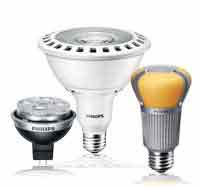
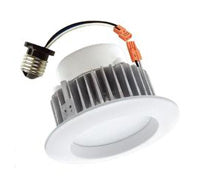

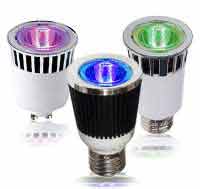


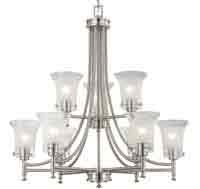
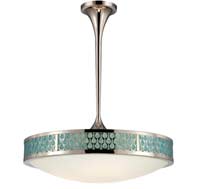




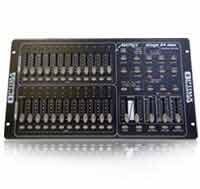

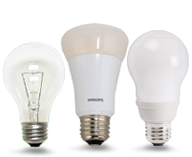
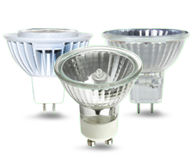

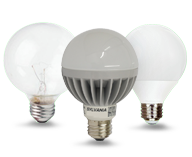
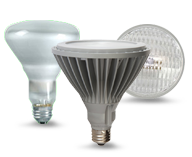
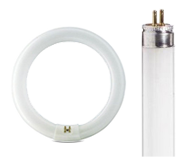

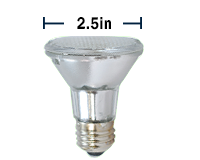

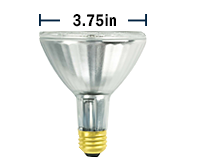
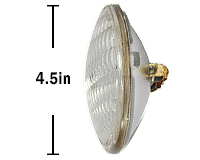

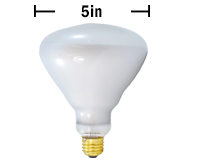

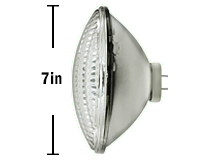
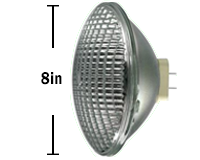
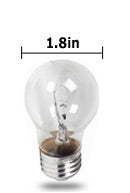
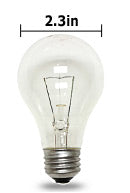


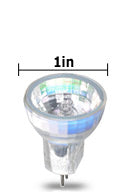

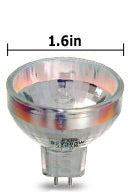



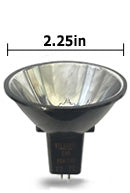

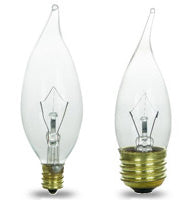


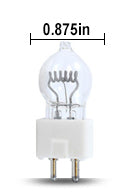
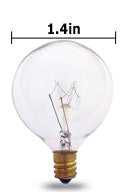
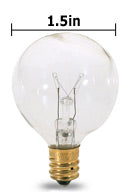


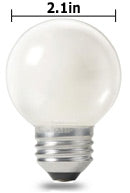
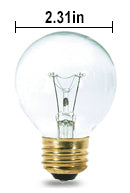
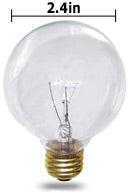
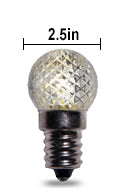
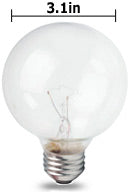
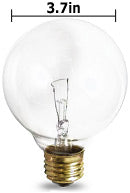
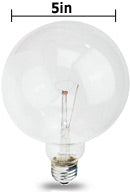
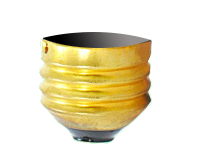

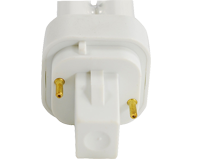
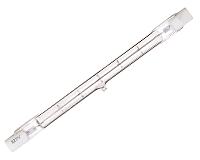
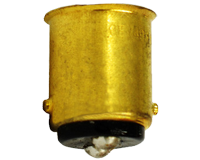






Stay in Touch